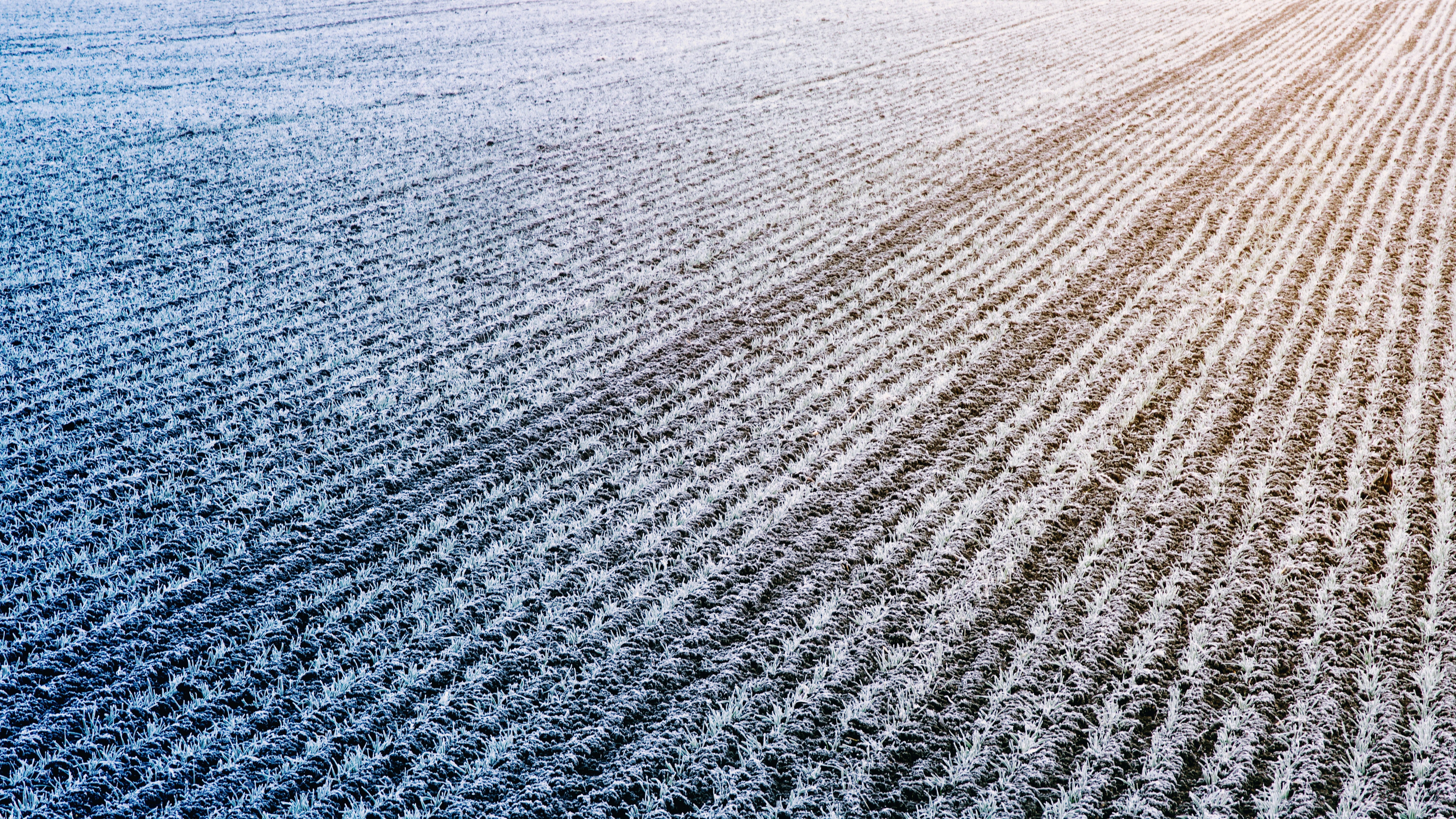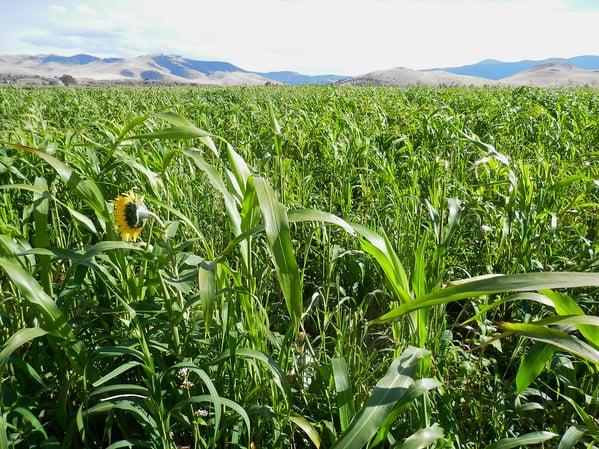Some people use the expression "dirt simple"—but in reality, soil is incredibly complex. The earth beneath us has a vast range of different physical and chemical properties, and healthy soil is full of plant roots, insect species, and microorganisms.
When these organisms are in balance, soil can cycle nutrients efficiently, store water and drain the excess, and create the conditions for crops to thrive. Nevertheless, winter weather creates challenges to soil health. Colder temperatures mean less water evaporation, and water use by crops becomes insignificant. In combination, this can make soil more susceptible to compaction due to rain and saturation.
Building more resilient soil is a long-term project: most efforts to rejuvenate the resource won't produce measurable results in a single season. By implementing and soil health practices that suit your operation, over time you will help reduce erosion, improve groundwater quality, sustain or even improve yields.

Reducing tillage
Soil that has been conventionally tilled remains saturated longer than fields under conservation tillage, which preserves plant residues on at least 30% of the soil surface after tillage. This is because intense tillage destroys soil aggregates—the clumps of dirt whose structure helps soil retain air, nutrients, and water. When intact, soil aggregates allow water to percolate deep into the soil profile, mitigating against saturation in wet conditions.
Reducing tillage can help create a more durable soil structure. There are a range of approaches to consider, from vertical-till to strip-till or no-till, with benefits ranging from reduced erosion to improvements in nutrient cycling. The most effective approach for your operation will depend on your region, soil type, and other factors.
Transitioning to less tillage requires a well-thought-out plan and a commitment to stick with the process for several years. Fertilizer application, weed management, crop rotation, and inclusion of cover crops are all considerations best analyzed with the support of advisors.

Cover crops
Cover crop mixes can be incorporated into crop rotations to fill gaps between cash crops. The cover crop reinvigorates the soil by adding organic matter, creating drainage channels through root growth, and stimulating microorganisms. All these benefits are in addition to guarding against soil loss by erosion and reducing weed pressure through competition.
Cover crops range from cereals like rye and barley to legumes like clover and vetch (a common choice for quickly improving soil nitrogen and biomass). The best cover crops for your operation will depend on your region and management goals, as well as the the current and subsequent crop in rotation.
Livestock
Though on very wet ground livestock can contribute to compaction issues, in other scenarios grazing cover crops and corn stalks can improve soil health. Grazing can aid in reducing weed pressure and managing residue post-harvest in reduced-till systems, while manure contributes to soil nutrient content.
To recognize that soil can be healthy, one first must think of it as a living entity—a shift in perspective for some growers. For those prepared for some trial-and-error to determine the most suitable combination of practices, investments in soil health can help build a more sustainable operation.
